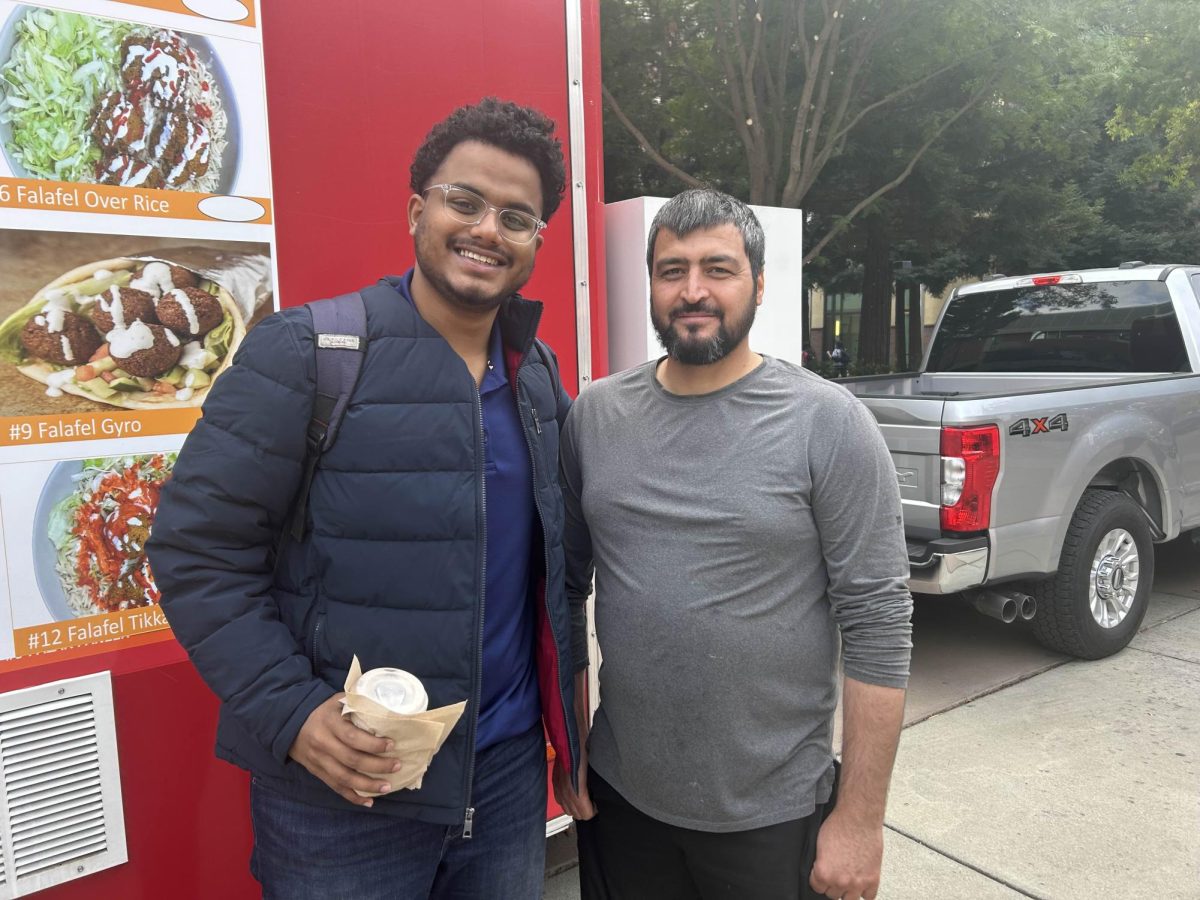Last week I wrote about the frustrations of graduating on time. This week, I’m taking a more optimistic approach. I know how difficult it is to complete 140 units in just four semesters, especially if a class fills up or there are course conflicts, but there are other methods for getting the units necessary for graduation. Taking classes over summer or winter breaks seems to be a popular choice. Getting an internship also helps. As of this year, there’s another way to obtain those units: taking classes at other California State Universities.
No, that doesn’t mean students have to switch colleges or drive several hours. The California State University system recently introduced the Intrasystem Concurrent Enrollment program, which allows CSU students to take online courses at other CSUs and get credit for them. For instance, if a Chico State student wanted to take an American politics class but all the classes at Chico State were full, they could take the same course at San Francisco State and still get credit for it. That pushes said student three units closer to graduating.
Perhaps the most surprising thing about the Intrasystem Concurrent Enrollment program is how little publicity it has gotten around Chico State. I know it was just instated this year- I wasn’t even aware of it until five weeks into the school year when I was researching topics for this week’s column.That could be because it was only announced in late July, when most students have their fall schedules set in stone and generally aren’t reading student emails about education updates.
It’s a shame because I think this could be beneficial to students who are uncertain about their graduation status. For students who have trouble scheduling the classes they want or fall short of the units they need to graduate, Intrasystem Concurrent Enrollment provides more options for gaining units rather than restricting students to what courses are just available at Chico State for the semester. Well, if the CSU isn’t going to promote it, I will!
One of the hardest parts of scheduling classes is trying to take all the courses needed for a degree. Trying to balance major, minor and pathway courses has proven to be somewhat of a challenge for me, and I wish I had other alternatives to sacrificing my summer for an online course. That’s where the Intrasystem Concurrent Enrollment program could have helped me. It might have added more to my workload in a given semester, but it would have been worth it to have the units I need satisfied and leave more room on my schedule for future semesters.
However, there are a few things about Intrasystem Concurrent Enrollment that students should know. For one, not all majors are represented. Looking at the at the program’s website for Chico State, I couldn’t find any journalism classes offered and the only political science classes I found were lower division, which wouldn’t count for my minor. That excludes me from using the program. Also, freshmen and first-time transfer students aren’t allowed to enroll in any Intrasystem Concurrent Enrollment classes until they earn at least 12 units at their own college. Most important though is that students have to follow the policies of the other colleges they enroll in. That means they have to be aware of the deadlines to enroll in classes at other universities, which may be a completely different date than their own college. These are all things that the program could improve on in the future.
It’s too early to tell how successful Intrasystem Concurrent Enrollment will be in helping students graduate, but I appreciate what it’s trying to accomplish. Scheduling classes shouldn’t be as difficult as it is, but having alternate methods like concurrent enrollment to gain units should make it easier. Students who have units they can fulfill through the program should be aware and make use of it. This could change schedules for the better as more students learn about it.
Nick Sestanovich can be reached at [email protected] or @Nsestanovich on Twitter.








